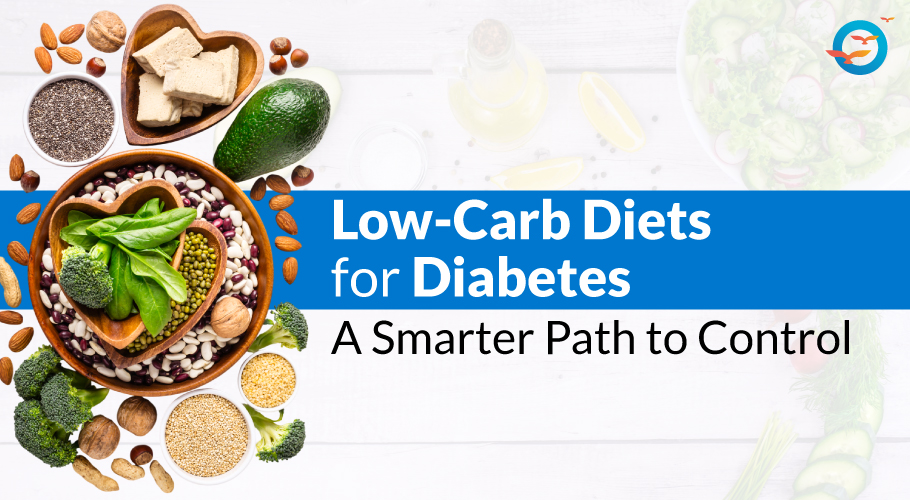
High-Carb vs. Low-Carb Diets: What Should You Know?
If you’re trying to take better care of your health — especially if you have diabetes — it’s important to understand the difference between high-carb and low-carb diets. Both affect your body in different ways, and knowing how they work can help you make smarter food choices.

What Is a High-Carb Diet?
A high-carb diet means that about 45–65% or more of your daily calories come from carbohydrates. These carbs usually come from foods like rice, bread, pasta, grains, fruits, and starchy vegetables. This type of diet is common in many cultures and is often recommended for athletes or people with high energy needs. But for those managing blood sugar, too many carbs may cause spikes and make diabetes harder to control.
What Is a Low-Carb Diet?
On the other hand, a low-carb diet limits carb intake to about 20–45% of your daily calories. It focuses more on protein and healthy fats from foods like nuts, seeds, legumes, dairy, fish, and vegetables. This kind of diet is often helpful for people with type 2 diabetes, as it can help keep blood sugar more stable and reduce insulin spikes.
Why Is Blood Sugar Control So Important in Diabetes?
Keeping your blood sugar in a healthy range is key to living well with diabetes. High sugar levels over time can damage your heart, kidneys, nerves, and eyes. On the flip side, very low sugar levels can make you feel weak, dizzy, or confused. Finding the right balance is important for your health, energy, and daily life.
To read more, visit our blog.







